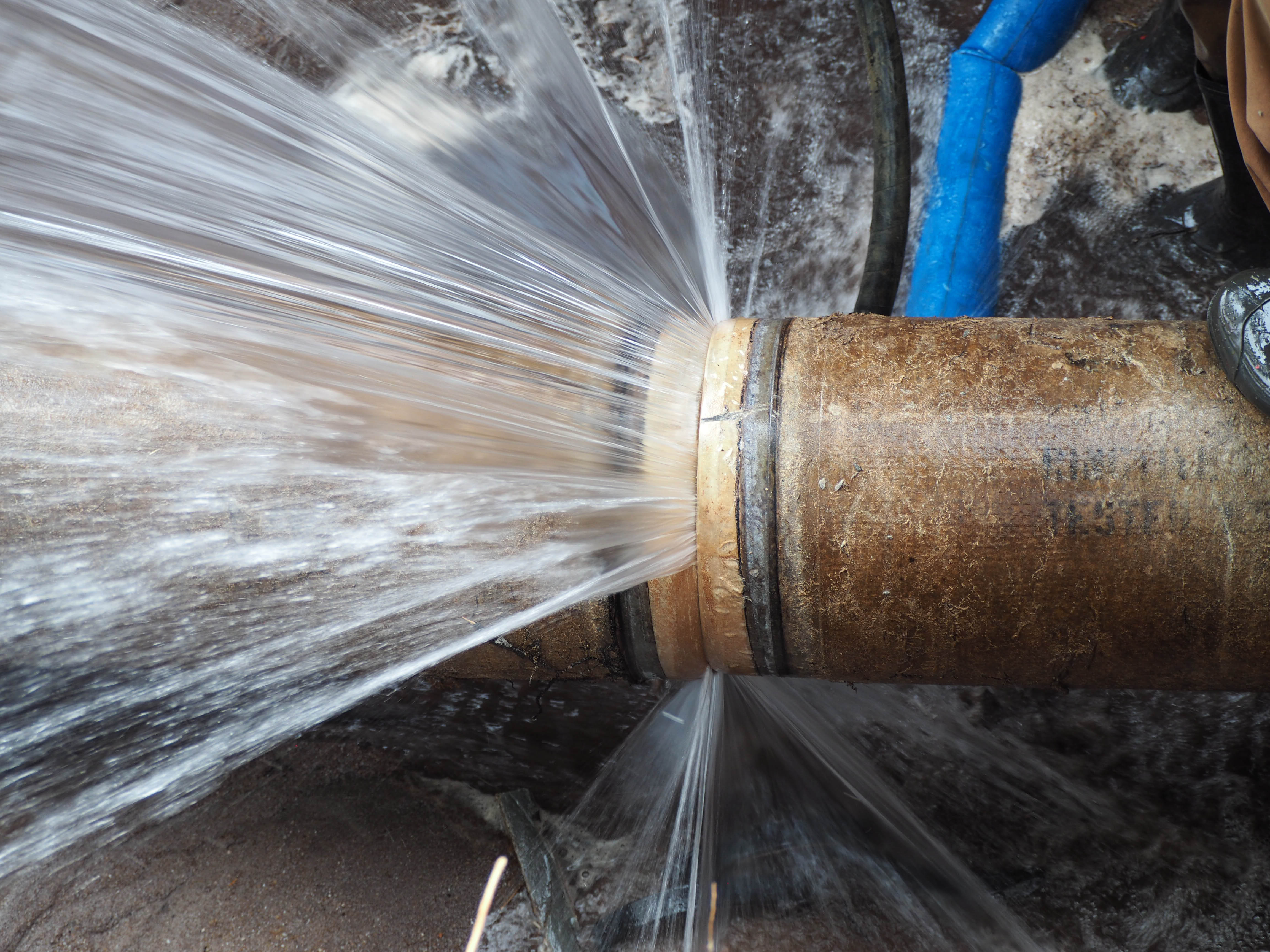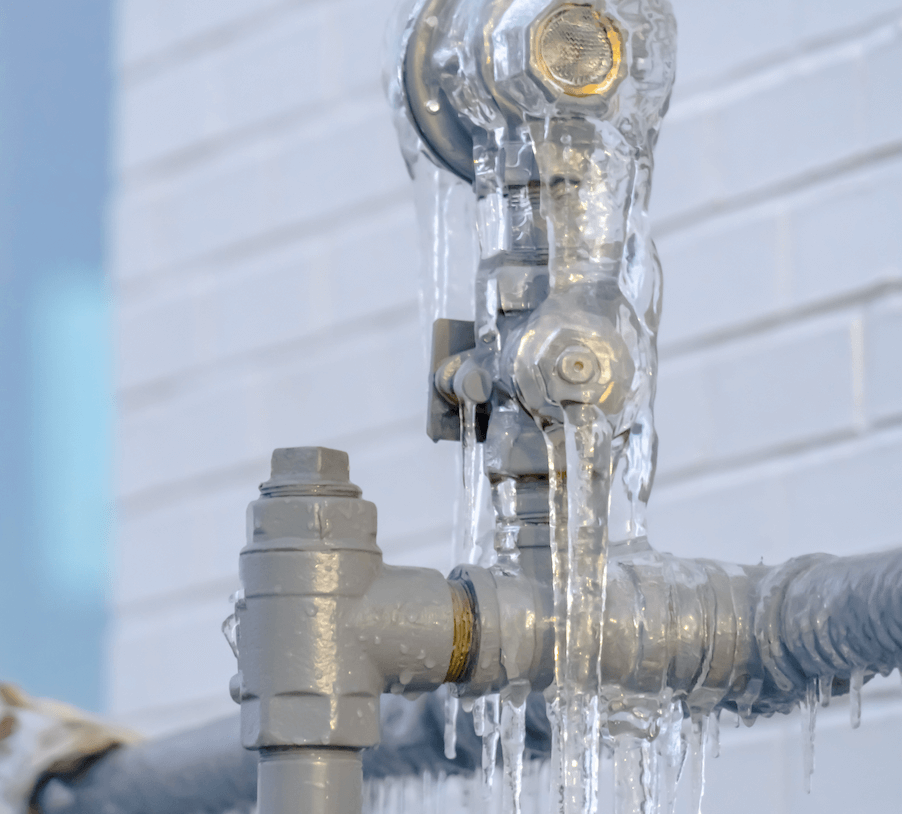How to Safeguard Plumbing System from Cold Weather: Essential Advice
Click HereJust how do you feel in regards to Helpful Tips to Prevent Frozen Pipes this Winter?

Winter can damage your plumbing, especially by freezing pipelines. Here's just how to prevent it from happening and what to do if it does.
Introduction
As temperature levels drop, the threat of icy pipes increases, potentially causing pricey repair services and water damage. Comprehending how to avoid icy pipes is crucial for home owners in cold climates.
Comprehending Icy Pipes
What creates pipes to freeze?
Pipes ice up when subjected to temperature levels below 32 ° F (0 ° C) for expanded durations. As water inside the pipelines freezes, it broadens, taxing the pipe walls and potentially creating them to rupture.
Risks and problems
Icy pipelines can lead to water system disruptions, residential or commercial property damages, and costly repairs. Burst pipelines can flooding homes and create comprehensive structural damage.
Indicators of Frozen Piping
Determining icy pipes early can prevent them from bursting.
Just how to determine frozen pipes
Search for reduced water circulation from taps, uncommon smells or sounds from pipes, and visible frost on exposed pipelines.
Prevention Tips
Insulating susceptible pipelines
Wrap pipes in insulation sleeves or use heat tape to safeguard them from freezing temperature levels. Focus on pipes in unheated or external locations of the home.
Home heating techniques
Maintain interior areas properly heated, specifically areas with plumbing. Open closet doors to allow cozy air to circulate around pipelines under sinks.
Safeguarding Outdoor Pipes
Garden tubes and outside taps
Separate and drain yard pipes before winter season. Set up frost-proof faucets or cover outside taps with shielded caps.
What to Do If Your Pipes Freeze
Immediate actions to take
If you think icy pipes, keep faucets open to relieve stress as the ice thaws. Utilize a hairdryer or towels taken in hot water to thaw pipes slowly.
Long-Term Solutions
Structural adjustments
Take into consideration rerouting pipelines away from exterior walls or unheated locations. Add extra insulation to attics, cellars, and crawl spaces.
Updating insulation
Purchase high-quality insulation for pipelines, attics, and wall surfaces. Correct insulation helps preserve regular temperatures and lowers the threat of icy pipes.
Verdict
Protecting against icy pipes needs positive measures and fast feedbacks. By recognizing the causes, indications, and safety nets, home owners can shield their pipes during cold weather.
5 Ways to Prevent Frozen Pipes
Drain Outdoor Faucets and Disconnect Hoses
First, close the shut-off valve that controls the flow of water in the pipe to your outdoor faucet. Then, head outside to disconnect and drain your hose and open the outdoor faucet to allow the water to completely drain out of the line. Turn off the faucet when done. Finally, head back to the shut-off valve and drain the remaining water inside the pipe into a bucket or container. Additionally, if you have a home irrigation system, you should consider hiring an expert to clear the system of water each year.
Insulate Pipes
One of the best and most cost-effective methods for preventing frozen water pipes is to wrap your pipes with insulation. This is especially important for areas in your home that aren’t exposed to heat, such as an attic. We suggest using foam sleeves, which can typically be found at your local hardware store.
Keep Heat Running at 65
Your pipes are located inside your walls, and the temperature there is much colder than the rest of the house. To prevent your pipes from freezing, The Insurance Information Institute suggests that you keep your home heated to at least 65 degrees, even when traveling. You may want to invest in smart devices that can keep an eye on the temperature in your home while you’re away.
Leave Water Dripping
Moving water — even a small trickle — can prevent ice from forming inside your pipes. When freezing temps are imminent, start a drip of water from all faucets that serve exposed pipes. Leaving a few faucets running will also help relieve pressure inside the pipes and help prevent a rupture if the water inside freezes.
Open Cupboard Doors
Warm your kitchen and bathroom pipes by opening cupboards and vanities. You should also leave your interior doors ajar to help warm air circulate evenly throughout your home.

We hope you enjoyed our excerpt about Helpful Tips to Prevent Frozen Pipes this Winter. Thank you for spending some time to browse our post. Kindly take the time to distribute this post if you liked it. We value your readership.
Visit